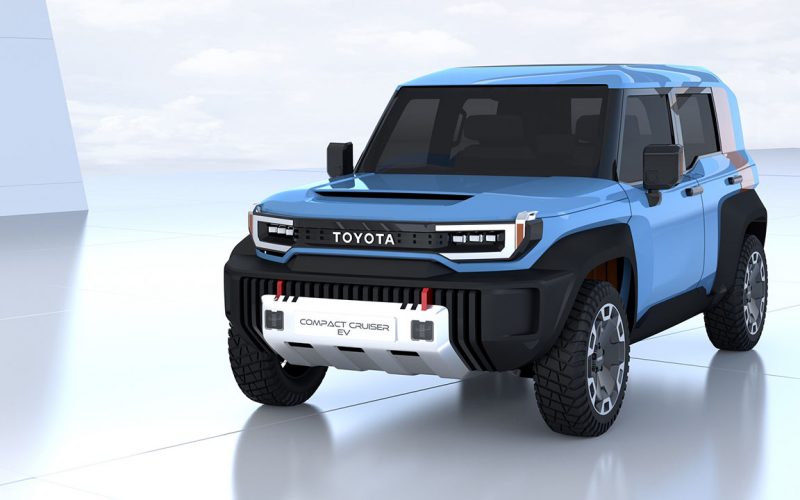
Reading Time: 5 minutesLet’s get this right out in the open: Toyota needs to build a production version of
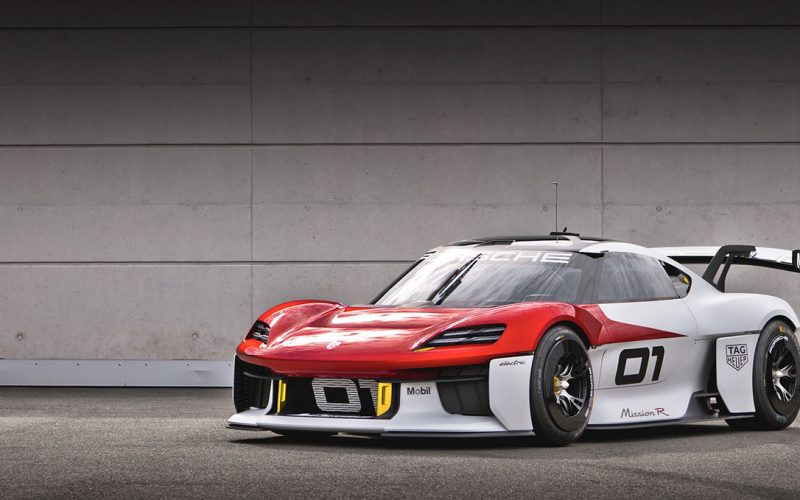
Reading Time: 6 minutesWith an automotive world shifting away from gasoline- and diesel-powered internal combustion engines, and toward battery
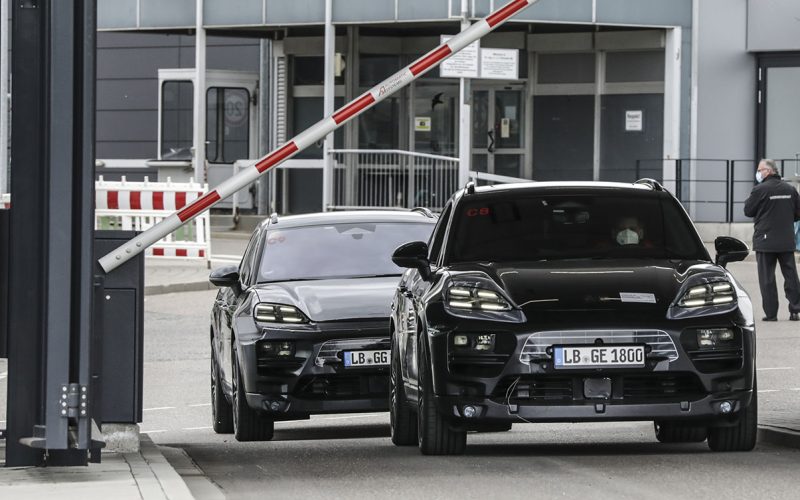
Reading Time: 6 minutesAfter Porsche’s intelligent choice to enter the electric vehicle market with a practical four-door coupe, and

Reading Time: 8 minutesEvery car enthusiast loves a good concept, and sometimes a barrage of really intriguing show cars
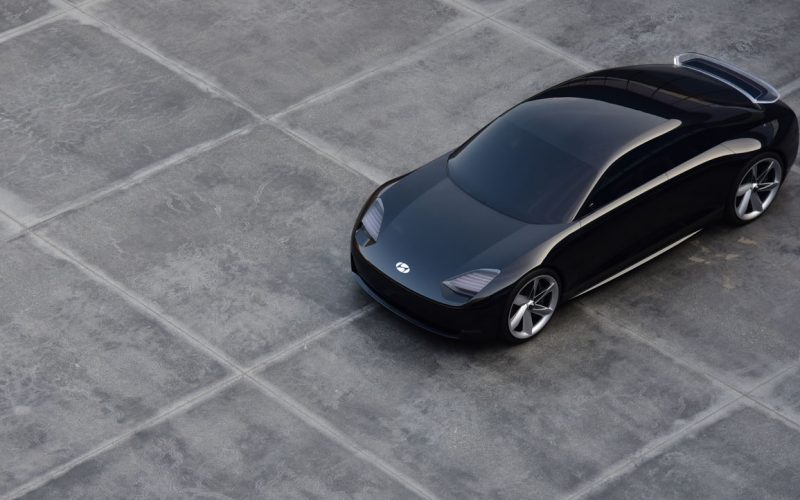
Reading Time: 4 minutesInterestingly, as cars become little more than rolling computers with seats they’re actually becoming less complex,
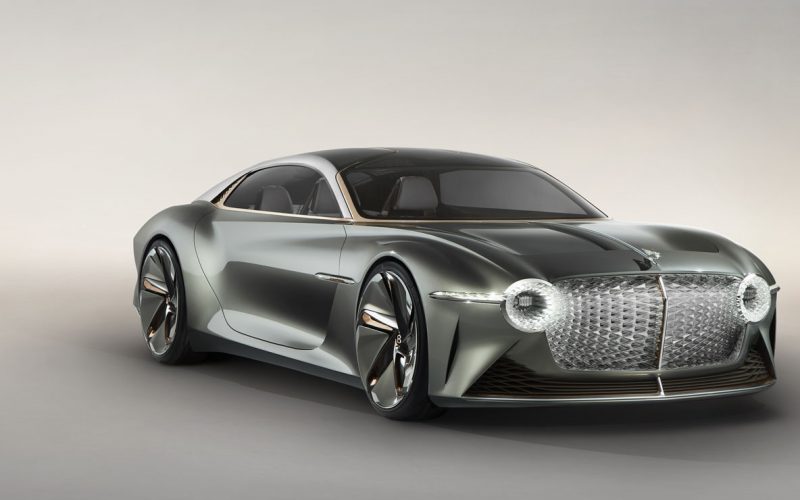
Reading Time: 6 minutesBentley only just launched its third-generation Continental GT, and now they’ve got us thinking about what

Reading Time: 6 minutesAn off-road Lexus? To some this might sound like an oxymoron, but in reality two of
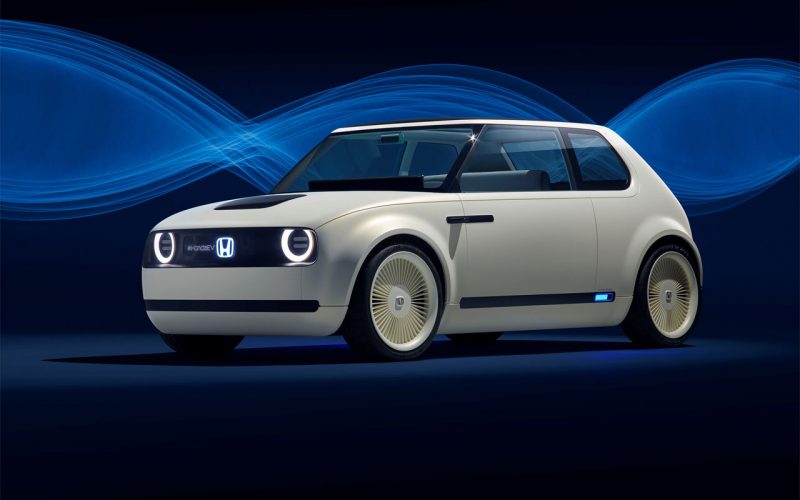
Reading Time: 5 minutesMany concept cars deserve to be built, but few actually see the light of day. Apparently
© 2025 The Car Magazine. All Rights Reserved, Privacy Policy | Terms of Use